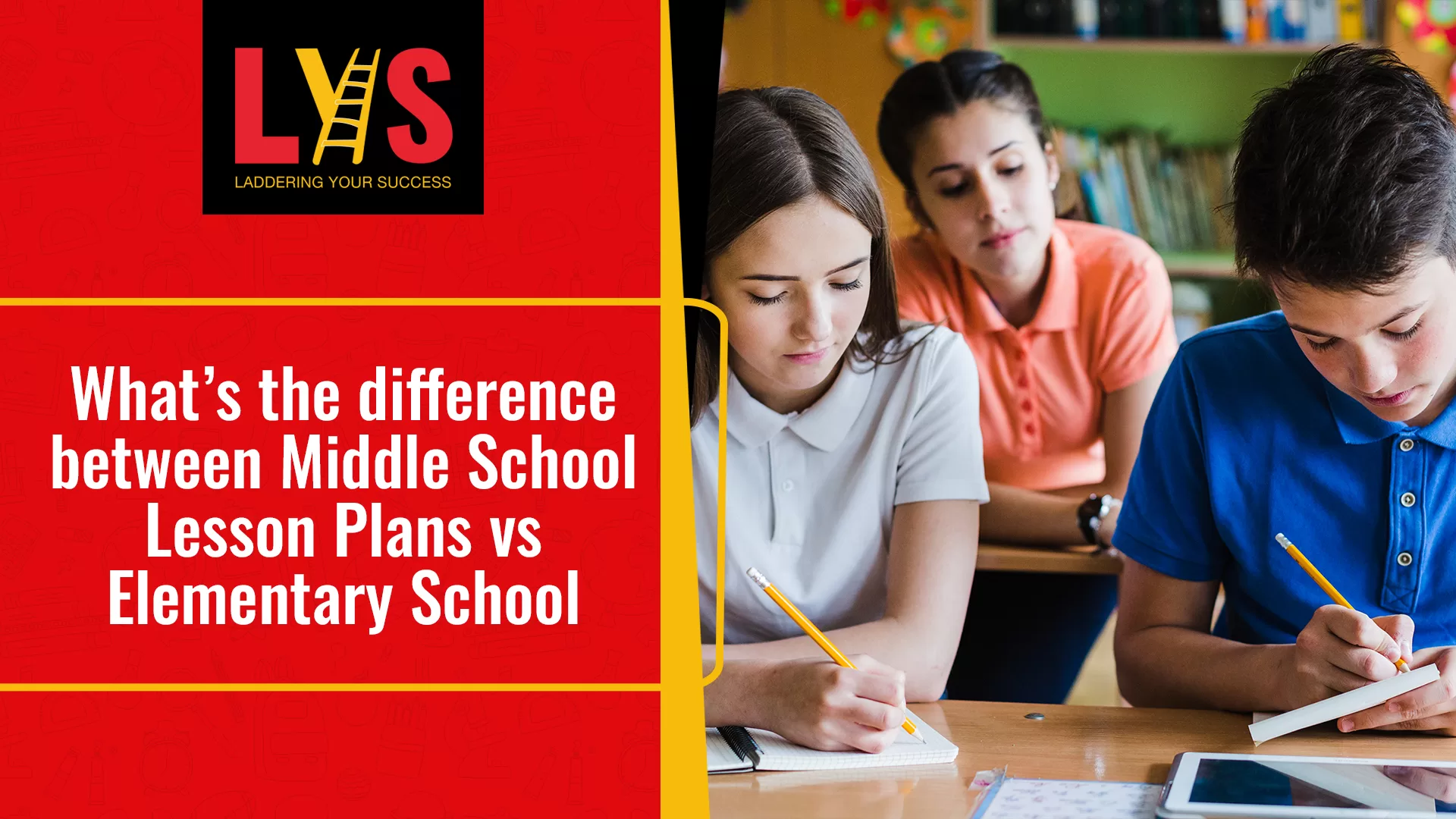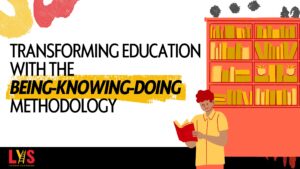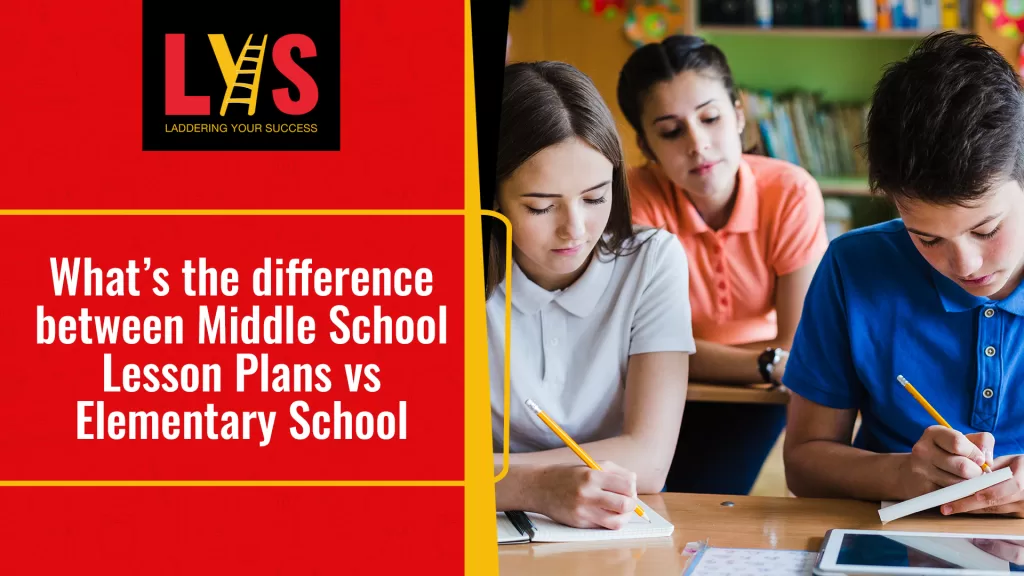Middle and elementary school lesson plans may seem similar, but there are some key differences to consider when creating curricula for these age groups. One significant difference is using the Texas Essential Knowledge and Skills (TEKS) standards. Let’s explore the similarities and differences in lessons for both.
The TEKS are a set of state-mandated guidelines for what students should know and be able to do in each grade level and subject area. These standards are used to create lesson plans for all Texas public schools, including middle and elementary schools. However, the specific TEKS emphasized, and the depth at which they are covered will vary between the two levels of education.
The elementary school focuses on building a solid foundation in basic skills such as reading, writing, and math. Lesson plans often include activities and exercises that help students develop these foundational skills through hands-on and interactive learning. In contrast, middle school lesson plans typically include more complex and abstract concepts, emphasizing critical thinking and problem-solving.
Another key difference between middle school and elementary school lesson plans is the use of a modified curriculum. Modified curriculum refers to instructional materials and activities adapted to meet the needs of specific students, such as those with special needs or English Language Learners (ELLs). In elementary school, most students will work on the same curriculum, with modifications made as needed for individual students. However, in middle school, a modified curriculum is often used more frequently as student abilities and needs become more diverse. This can be because individual learning differences are yet to be identified.
Differentiated learning is another important aspect of lesson planning that differs between middle and elementary school. Differentiated learning is a teaching method in which instruction is tailored to meet the individual needs of each student. In elementary school, differentiation is often focused on providing students with different materials or activities that align with their learning style or level of understanding. However, in middle school, differentiated learning also includes adjusting the rigor and complexity of the curriculum to meet the needs of all students better.
Finally, student achievement is a crucial consideration in middle and elementary school lesson plans, but how it is measured and reported on may differ. In elementary school, student achievement is often measured through less formative assessments (classwork and homework). In middle school, student achievement is measured through formative and summative assessments, but the focus may shift toward preparing students for high-stakes testing and college readiness (think of things such as final exams and standardized tests).
In conclusion, while middle and elementary school lesson plans may seem similar, there are key differences to consider when creating a curriculum for these age groups. These include the use of the TEKS standards, the emphasis on basic skills vs. critical thinking, the use of modified curriculum and differentiated learning, and the way student achievement is measured and reported on. Understanding these differences can help educators create compelling and engaging lesson plans that meet the unique needs of their students.
Are you a Middle School teacher needing assistance with your lesson plan? Laddering Your Success has already developed a user-friendly lesson plan app enabling you to complete your lesson plans and assignments in 30 to 50 percent less time. By including decision-making tools, life skills, SEL, and hard/soft skills that students may utilize for a path of direction to pursue college and a range of post-high school possibilities, you can empower your students through unique and inventive lesson plans.
Are you interested in learning more about the app? Click here!









